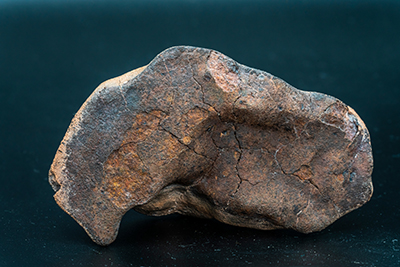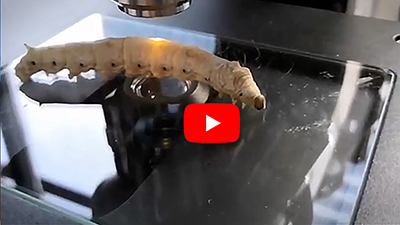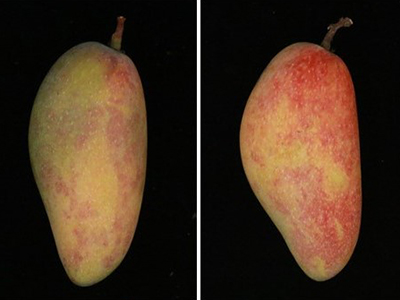FOR IMMEDIATE RELEASE
In the U.S., we’re deep in the winter season — a time when many people get sick and feel “under the weather.” To feel better, some people drink antioxidant-containing beverages, such as beetroot juice or elderflower teas, while others might sip whiskey or splash it into hot toddies. Below are recent papers published in ACS journals that report insights into compounds that contribute to the health benefits and aromas of these beverages. Reporters can request free access to these papers by emailing newsroom@acs.org.
“Impact of the Anodic and Cathodic Electro-Activation Treatment on the Physico-Chemical and Antioxidant Capacity of Red Beetroot Juice”
ACS Omega
Nov. 8, 2022
The red beet’s bright, vibrant color comes from phenolic compounds and betalains, which also possess antioxidant properties. When these root vegetables are juiced, the resulting drink can have an unpleasant soil-like smell. Previously, heat treatments helped make it smell more palatable, but they reduced the healthful properties. This research team showed that treating beetroot juice with electricity, specifically electro-activation by an anode, produced a more stable juice while maintaining its color and enhancing its antioxidant activity.
“Profiling Selected Volatiles in Whiskey by Fizzy Extraction Time-of-Flight Mass Spectrometry: Correlation with Perceived Quality and Age”
ACS Food Science & Technology
Oct. 10, 2022
Pouring whiskey into a glass releases its scent into the air, which contributes to the flavor of the liquor. Here, a team developed an approach using microbubbles to trap these volatile compounds — a process called fizzy extraction — and then identified them by mass spectrometry. They tested the technique and quickly analyzed 40 whiskeys from distilleries around the world, finding that ethyl propionate and ethyl butanoate could help determine a bottle’s overall quality.
“Headspace Volatile Organic and Phenolic Compounds in Elderflowers and Elderflower Teas of Blue Elderberry (Sambucus nigra ssp. cerulea)”
ACS Food Science & Technology
Sept. 13, 2022
Most commercial elderberry flower teas and syrups are made from European plants. But the blue elderberry, a subspecies native to western North America, is starting to be considered for similar drinks. Now, for the first time, researchers have identified the blue elderberry flower’s scent and phenolic compounds. These compounds could be used to make products with unique aromas and different antioxidant compositions compared to products made with European elderflowers, the researchers say.
###
The American Chemical Society (ACS) is a nonprofit organization chartered by the U.S. Congress. ACS’ mission is to advance the broader chemistry enterprise and its practitioners for the benefit of Earth and all its people. The Society is a global leader in promoting excellence in science education and providing access to chemistry-related information and research through its multiple research solutions, peer-reviewed journals, scientific conferences, eBooks and weekly news periodical Chemical & Engineering News. ACS journals are among the most cited, most trusted and most read within the scientific literature; however, ACS itself does not conduct chemical research. As a leader in scientific information solutions, its CAS division partners with global innovators to accelerate breakthroughs by curating, connecting and analyzing the world’s scientific knowledge. ACS’ main offices are in Washington, D.C., and Columbus, Ohio.
To automatically receive press releases from the American Chemical Society, contact newsroom@acs.org.
Note: ACS does not conduct research, but publishes and publicizes peer-reviewed scientific studies.






